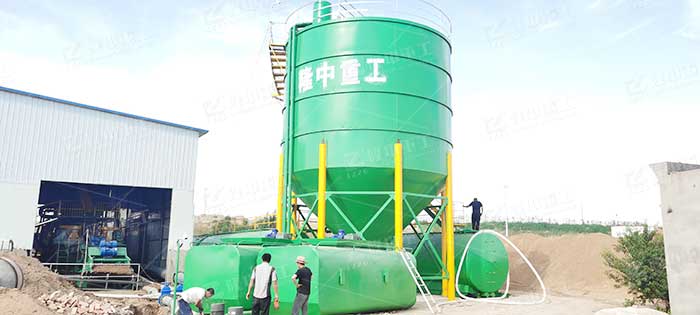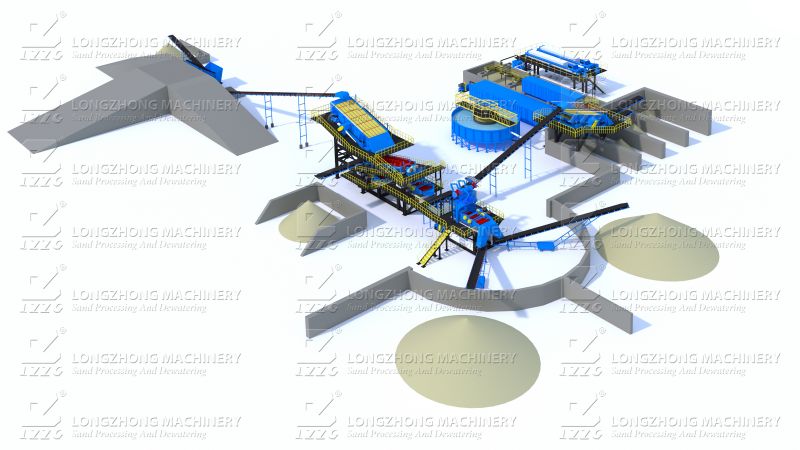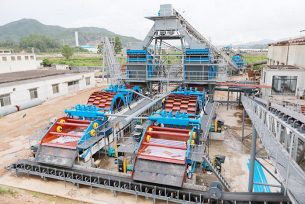The Hazard and Detection of Chloride Ion in Concrete
 September.13,2022
September.13,2022
Chloride ions in concrete mainly come from chloride salts (one of cement raw materials), sand, water and admixtures. If the chloride ion content exceeds the standard, the steel bars in the concrete will be easily corroded, which will reduce the chemical resistance, wear resistance and strength of the concrete, affect the durability of the concrete, and lead to a decrease in the quality of the concrete.
The concentration distribution or penetration depth of chloride ions in concrete can be detected by core drilling method or layered powder extraction method:
1) Core drilling and slicing method: Drill a core sample with a length of 100~150mm at the sampling and testing position, and then cut the core sample into slices with a thickness of 5~10mm, and measure the chloride ion content of each slice according to Article 3.
2) Layered powder extraction method: Use the powder extraction machine to grind the powder in layers from the surface to the inside, and grind the powder every 1mm, 2mm, 5mm or 10mm, and then measure the chloride ion content of the powder.
3) Take the average value of the measured chloride ion content of several samples in the same layer as the representative value of the chloride ion content at the midpoint of the layer, and draw the chloride ion concentration distribution curve along the depth.
By detecting and judging whether the chloride ion in concrete exceeds the standard, take precautions in advance to avoid damage to the reinforced concrete structure.

LZZG sea sand cleaning equipment can reduce the content of chloride ions, making sea sand more widely used.




